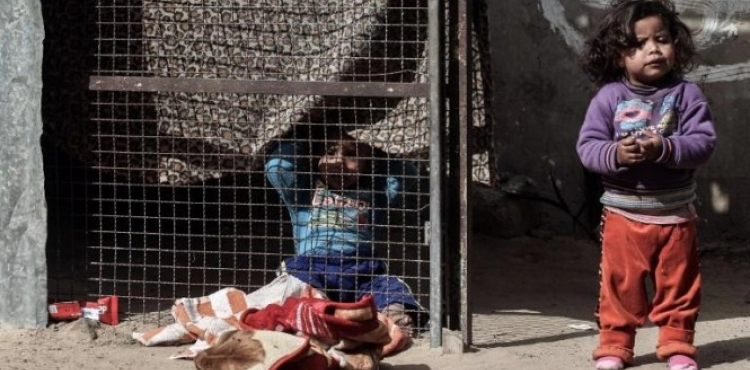A human rights report revealed today, Sunday, that the per capita economic loss in Gaza as a result of the Israeli blockade on the Strip amounted to about 9 thousand US dollars.
A report by the Euro-Mediterranean Human Rights Monitor highlighted the grave repercussions for the residents of the Gaza Strip due to the long-term closure and the military operations launched by Israel since 2007.
The report referred to the data obtained by the United Nations Conference on Trade and Development (UNCTAD) in its report issued last November, which concluded that the economic cost of the blockade of Gaza during the past decade was estimated at 16.7 billion US dollars.
The report notes that the unemployment rate in the Gaza Strip continues to be among the highest in the world, after it reached about 23.6% in 2005, and in 2020 it reached about 49%, and the per capita share of the GDP shrank by 27%.
According to the report, poverty rates jumped from 40% in 2005 to 56% in 2020, in addition to the increase in the poverty gap from 14% to 20%, and the cost of lifting the Gaza population out of poverty has quadrupled, from 209 million dollars to 838 million dollars. .
The report stated that in 2020 the monthly rate of entry of trucks into the Gaza Strip was about 7,000 trucks, a number representing about 50% of what the strip needs, taking into account the population increase over 2005 and the number of trucks in that year.
According to the report, before the imposition of the blockade on the Gaza Strip, the monthly rate of Palestinian exit from the Erez checkpoint, run by Israel, was about 30,000 exits. In 2019, the monthly rate of exit of Palestinians through the Erez checkpoint was about 14960, but in 2020 the monthly average of exits from the Gaza Strip was about 4,600 cases, a decrease of about 85% from the rate before the imposition of the blockade in 2006.
As for the Rafah crossing with Egypt, in 2019, the monthly rate of exit and entry of Palestinians through it was about 12,172 cases, but in 2020, the monthly rate was only about 4,245 cases.
The report emphasized that the operation of the Rafah crossing was mainly affected by the outbreak of the Corona pandemic, as it was closed for extended days, and hundreds of thousands, including patients, students and business owners, remained waiting to exit and enter through the crossing.
As for the health sector, it remains the most clearly affected and indicative of the deterioration of the humanitarian situation, as in addition to the severe shortage of medicines and medical supplies, hospitals and primary care centers are still operating at low levels of their capacity, and the matter has exacerbated the outbreak of the Coronavirus pandemic.
Faced with the "disastrous" data of the Gaza blockade, the Euro-Mediterranean Human Rights Monitor confirmed that the ongoing arrangements for holding the general Palestinian elections require local, regional and international mobility to end the blockade and provide guarantees that it will not be repeated in the future.
He stressed that the correct approach to the success of the upcoming elections is the issuance of a binding international resolution to end the blockade, which international legal references have agreed to constitute a war crime, in addition to providing guarantees that it will not be repeated, respecting the will of the Palestinian voter, and ensuring a peaceful and democratic circulation in a way that achieves stability and prosperity for the Palestinians.












